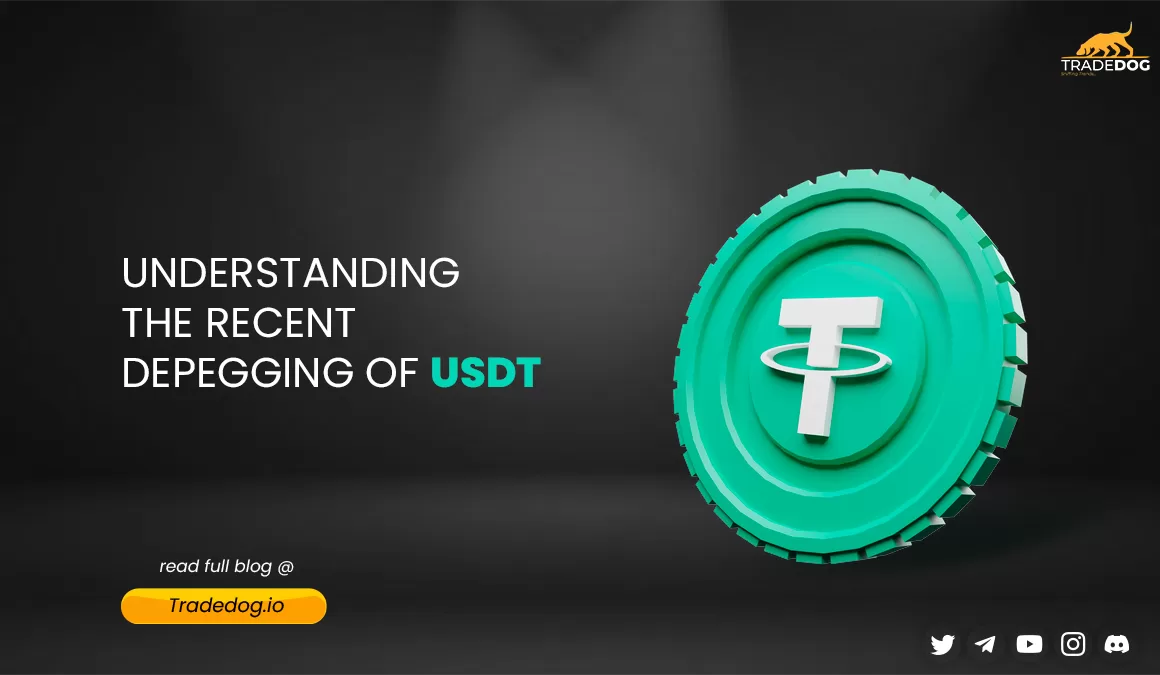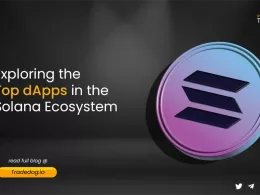Quick Links
Tether (USDT), the world’s largest stablecoin, recently experienced a slight deviation from its peg to the US dollar. On a given day, USDT fell to a low of 99.53 cents before trading around 99.68 cents. Stablecoins like Tether typically rely on cash and cash equivalents reserves to maintain a one-to-one value with a less volatile asset, usually the US dollar.
Tether (USDT), the world’s largest stablecoin, experienced a brief deviation from its typical parity with the US dollar, momentarily trading below $1. This led to significant activity in liquidity pools on Curve and Uniswap, with a notable surge in USDT sellers. Specifically, Curve’s 3Pool, a leading liquidity pool for USDT trading, became markedly unbalanced as USDT’s balance rose above 70%. This indicates that traders were offloading USDT in exchange for other stablecoins, namely DAI and USDC.
This sudden deviation from the USD peg triggered swift reactions from the market. Borrowing of USDT from Aave, a leading decentralized lending protocol, surged as market participants sold the devalued USDT for DAI or USDC — both of which maintained their usual 1:1 peg with the US dollar — in Curve’s 3pool.
Arbitraging Opportunity Amid USDT Depeg
Notably, an Ethereum address identified as czsamsun.eth used a significant amount of ETH and stETH as collateral to borrow $31.5 million USDT from Aave 2, which was then traded for 31.47 million USDC on Curve at a rate of $0.997.
This unexpected de-pegging of USDT from the USD presented traders with a unique arbitrage opportunity. They capitalized on the disparity between USDT’s lowered trading price and standard dollar parity. For example, an address known as 0xd2 deposited a large amount of stETH through Aave V2 borrowed $50 million USDC, and bought substantial quantities of USDT at a discounted rate. The strategy is simple: if USDT returns to its 1:1 peg, these traders could sell their USDT for a profit, repay their borrowed USDC, and retain the profits.
In response to the sudden spike in USDT loan demand, Aave’s algorithmic model automatically adjusted its rates to maintain a balance in the market. Consequently, there was a significant rate increase, with the deposit rate skyrocketing to over 15% and the borrowing rate rising by more than 25%.
Tether’s operation has been under scrutiny for various reasons. Its workforce is relatively small, with 49 employees as of June 2023, and the company has faced allegations of non-transparency with its reserves and audits.
Tether’s Suspicious Employee Structure
Despite being a significant player in the crypto market, Tether operates with a lean workforce. The reason behind this is private. It may be due to the nature of Tether’s business model, which primarily revolves around maintaining a digital platform and doesn’t require a large workforce compared to traditional finance sectors.
USDT Reserve Transparency
Tether claims that for each USDT coin minted, an equivalent US dollar is deposited in Tether’s account. However, critics argue that Tether needs to be more fully transparent about these reserves. Tether has conceded that US dollars don’t entirely back its coins and has faced criticism for lack of audits of its reserves and an unwillingness to share data with regulators. This has led to the belief that Tether may be creating coins without adequate backing.
Controversial Past of Tether
In the past, Tether and its parent company, iFinex, faced issues with their banking relationships, resulting in reliance on Crypto Capital, a Panamanian “shadow bank”. Allegedly, around $850 million of Tether’s money was lost or stolen, leading to a situation where funds from Tether’s account were used to fill the gap in Bitfinex’s finances. This led to claims that the US dollar didn’t fully back Tether’s stablecoins. Tether later conceded that its stablecoin was only 74% backed by the US dollar.
A vital issue with Tether is the need for audits. It’s easier to verify Tether’s claims with these audits due to Tether’s unwillingness to inform regulators.
Impact on Bitcoin
Tether is a popular way to trade Bitcoin, with millions of Tether minted daily. Critics argue that if Tether can’t be redeemed for real US dollars, the entire market could bottom out, and people’s holdings could collapse. On the other hand, some argue that real dollars back Tethers due to increased demand, and Tether minting isn’t correlated with Bitcoin’s price.
Conclusion
In conclusion, albeit brief, Tether’s recent de-pegging from the USD has reminded us of the inherent volatility and uncertainty in the cryptocurrency market. This event has also shown how market participants can swiftly react to changes and seek profit opportunities, as seen in the rise of arbitrage strategies during the USDT deviation.
Despite its controversies and skeptics, Tether remains a pivotal player in the crypto economy, facilitating most trading volume across various platforms. The incident has further underscored the need for transparency and robust regulatory frameworks in the growing world of digital currencies.










